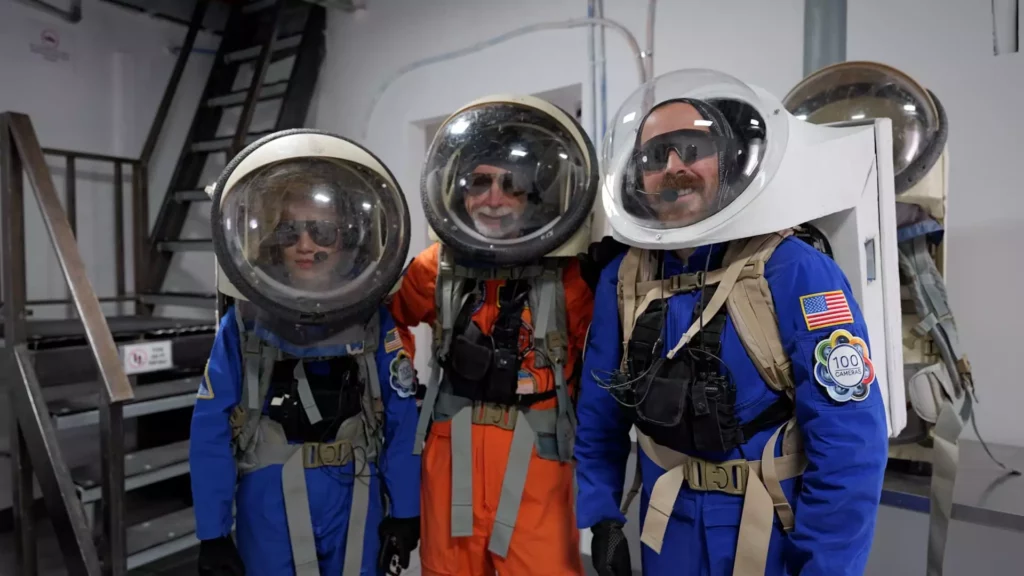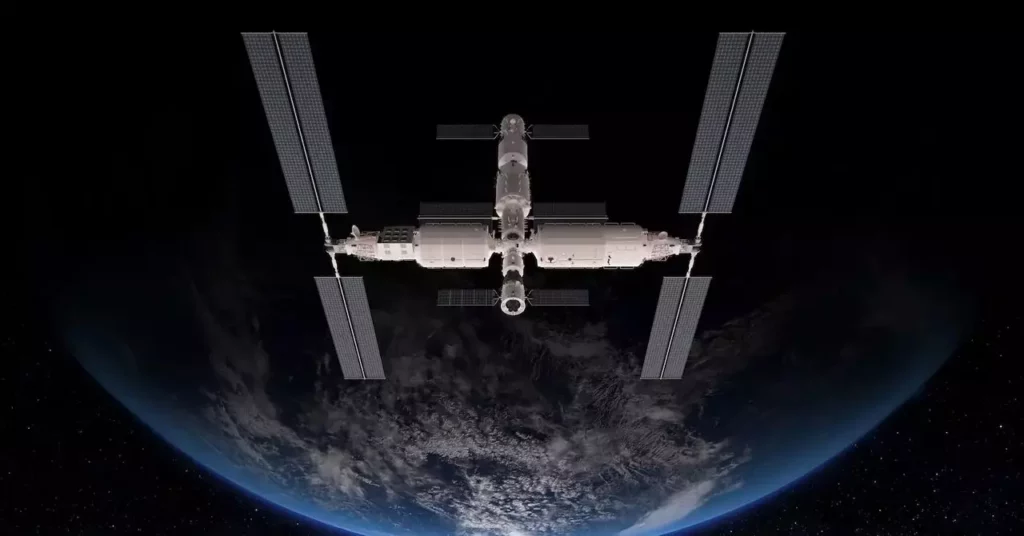Public enthusiasm for space exploration often glosses over a harsh reality: our current preparations are not nearly sufficient for sustained interplanetary colonization. While organizations like NASA and private ventures such as SpaceX boast about their ambitious timelines and groundbreaking technologies, the truth is that these plans rest on shaky foundations. The Mars Desert Research Station (MDRS) provides a surface-level glimpse into this future, but beneath its simulated environment lies a series of underestimated challenges that threaten the very viability of human space expansion. The optimism surrounding these missions often masks a critical oversight—they assume technological and human resilience without adequately addressing the profound systemic flaws ingrained in our approach.
Simulations vs. Reality: The Overestimated Fidelity
Analog missions like MDRS are celebrated as pivotal milestones, yet they often overstate their relevance to actual Mars conditions. Earth’s terrain, while arid, still retains biological life, gravity, and atmospheric differences that current simulations cannot fully replicate. Space agencies and corporations tend to present these experiments as comprehensive replications, but there’s a disconnect. For instance, the psychological strain of living for months or years in a confined space, with no natural light, ongoing communication delays, and the constant awareness of risk, remains vastly underrepresented. These simulations tend to gloss over the unpredictable, often emotional human responses that can sabotage mission success in the real environment. What’s more problematic is that technological advancements are sometimes prioritized over human factors, fostering a dangerous complacency.
Overconfidence in Technology, Underestimation of Human Fragility
Despite blockbuster headlines about reusable rockets and rapid transit plans, the core issue persists: humans are inherently fragile, both physically and psychologically. Spacecraft systems, no matter how advanced, depend on flawless operation—an impossibility in complex, unpredictable environments. While engineers refine suit designs and life support systems, they often ignore the psychological toll of isolation and monotony. MDRS’s two-week simulations, though useful, are mere magnifiers of one’s endurance, not cause for complacency. History has shown that human errors, complacency, fatigue, and mental health breakdowns often lead to mission failures or tragedies in spaceflight. Relying solely on technological resilience without addressing the human mind’s limitations is a false sense of security.
The Entrepreneurial Mirage: Bold Timelines and Overhyped Goals
Elon Musk’s proclamations of landing humans on Mars by 2029 embody the utopian spirit many have adopted. However, these timelines are more hopeful than realistic. As optimistic as innovation is, it tends to ignore the incremental, often slow, nature of genuine progress. The technological hurdles—life support sustainability, radiation protection, sustainable habitats—are immense, yet they are often glossed over in the race for headlines. The reality is that ambitious goals can become distractions, leading to rushed testing and insufficient safeguards. Space exploration is better understood as a long-term, cautious endeavor that requires patience, not impulsive deadlines. The danger lies in unnecessary optimism that distorts policy, funding, and public expectations, ultimately risking the very existential goals it claims to pursue.
The Cost of Overestimating Our Capabilities
Every technological leap forward is accompanied by increased costs and complexity. Public and private sectors are tempted to scale their ambitions before fully understanding the implications. The initial investments in infrastructure and R&D can give a false sense of progress, leading to overconfidence. Failure to account for unforeseen setbacks—such as radiation damage to electronics or psychological consequences of long-term confinement—severely limits our actual preparedness. In this regard, MDRS, while useful, offers a sanitized view of risk, leading stakeholders to believe that the path to Mars is smoother than it truly is. This misjudgment can hinder critical funding, slow down realistic planning, and foster a false sense of security that jeopardizes future missions.
The Human Element: The most Unpredictable Variable
The central issue that remains overlooked is human resilience. No amount of technological finesse can fully mitigate human vulnerabilities—panic, depression, conflict, or simple fatigue. The mental health aspect, rarely given proportional emphasis in space planning, is where potential failures lurk. Space agencies must prioritize psychological screening, mental health support, and adaptive strategies as much as they do technical innovations. Our current knowledge remains based on limited data and short-term observations, which pale in comparison to the prolonged journey that future Mars explorers will endure. Until we fully understand and actively address human psychological resilience, our plans for permanent space habitats risk being fundamentally flawed.
A Realistic Approach or a Dream Deferred?
Acknowledging these shortcomings is essential, not to diminish ambition but to ground it in reality. Humanity’s leap into the stars demands a pragmatic reevaluation of priorities—focusing not only on technological breakthroughs but also on understanding human behavior, trust, and community under extreme conditions. It’s not merely about building the rocket or designing better suits; it’s about preparing future explorers for a mission that will challenge every aspect of their being. Without these considerations, our dreams of becoming a multiplanetary species risk becoming hollow fantasies, driven by optimism rather than preparedness and resilience.









Leave a Reply